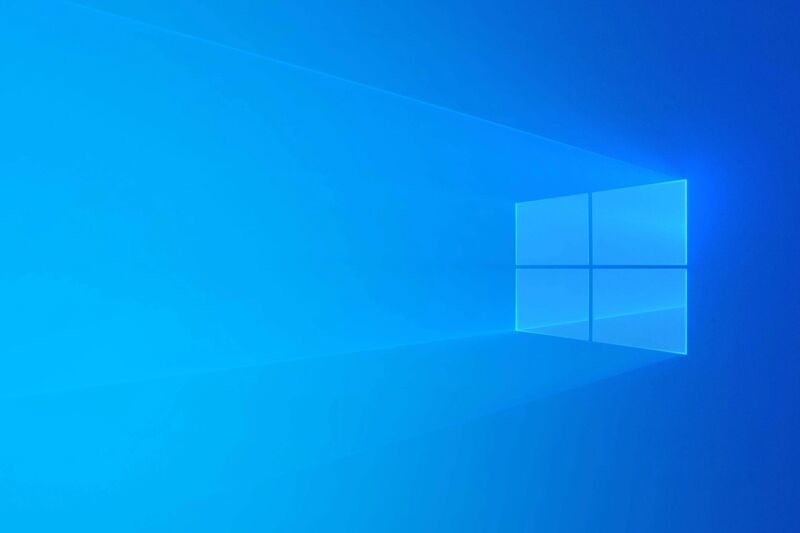
For most people, Windows 10 will stop receiving critical security updates on October 14, 2025, roughly a decade after its initial release. For people using computers that can't upgrade to Windows 11 or organizations with dozens or hundreds of PCs to manage, Microsoft is making another three years of Extended Security Updates (ESUs) available, but only if you can pay for them. And the company is ready to start talking about pricing.
In a blog post published earlier this week, Microsoft's Jason Leznek writes that the first year of ESUs will cost $61 per PC for businesses that want to keep their systems updated.
And as with the Windows 7 ESUs a few years ago, Microsoft says that the price will double each year—so the second year of ESUs will cost $122 per PC, and the third year will cost a whopping $244 per device. And Microsoft says this pricing is cumulative; if you decided to buy ESUs for year three after skipping the first two years, you'd also need to pay for the first two years retroactively. These slow price hikes seem intended to drive businesses to migrate to Windows 11 as quickly as they can while still giving them a way to keep using Windows 10 when absolutely necessary.
Per usual, the huge number of different Windows licenses and services that Microsoft offers makes the pricing scheme more complicated. The amount you'll pay varies based on the kind of organization and how you're using Windows. A separate blog post for educational institutions says that schools will only pay $1 per Windows license for the first year of ESUs, $2 for the second year, and $4 for the third year, relatively small fees that acknowledge that some schools have limited budgets and older fleets that can't officially run Windows 11.
AdvertisementBusinesses that use Microsoft Intune, Windows Autopatch, or some other "Microsoft cloud-based update management solution" can get the first year of ESUs for just $45 per user, supporting up to five PCs per user. Windows 10 PCs that use Windows 11 Cloud PCs through the Windows 365 service will get Windows 10 ESUs for free with their subscription. Microsoft also says it will establish "special pricing for nonprofits," though it didn't talk about specifics.
Microsoft is still planning to offer these ESUs to consumers for the first time—the Windows 7 ESU program was strictly for organizations, though some users who wanted to stick with Windows 7 did find workarounds. Microsoft still hasn't announced consumer pricing, though if I had to guess, I would expect it to fall somewhere between the standard business pricing and the token education pricing.
Though Windows 11 launched in October of 2021, its adoption has mostly stalled out this year, and Windows 10 remains the most widely used version of Windows by a substantial margin. Statcounter data says that Windows 10 runs on 69 percent of all Windows PCs worldwide and 67 percent of PCs in the US, compared to about 27 and 29 percent for Windows 11 (respectively). The latest Steam Hardware Survey shows Windows 10 running on 54 percent of surveyed gaming PCs, compared to about 42 percent for Windows 11.
Data from both of these sources should be taken with a grain of salt (Statcounter says that usage of Windows 8.1 rose from 1 percent to 6 percent between October 2023 and January 2024 before suddenly falling back to 1 percent in February of 2024, which seems... unlikely). But Windows 11's system requirements will keep it from running on a substantial number of active PCs, limiting its potential for growth.



















